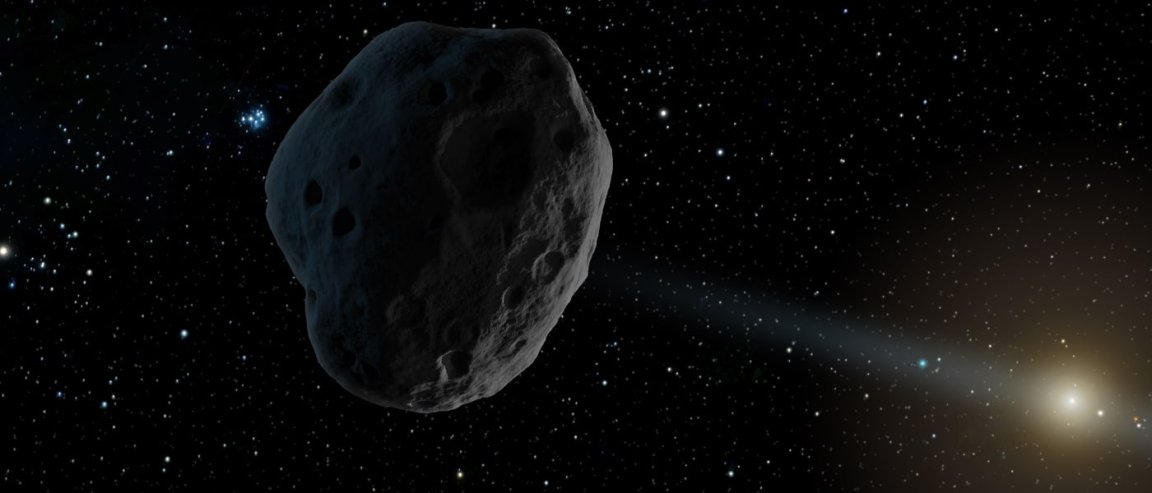
A Binocular Comet
Last October, NASA’s NEOWISE mission discovered a new comet whose aeons-long journey toward the Sun will swing it safely near the Earth in the opening days of 2017. It’s scheduled to zoom by us between now and January 14—when it’s expected to be so bright that it can be seen using just a pair of binoculars or even with the naked eye (caveat: cometary brilliance is infamously difficult to predict, e.g. the whole “ISON flop” of 2013).
This hyperbolic comet has been given the thoroughly unimaginative moniker of C/2016 U1 NEOWISE, and it “has a good chance of becoming visible through a good pair of binoculars, although we can’t be sure because a comet’s brightness is notoriously unpredictable,” Paul Chodas, manager of NASA’s Centre for Near-Earth Object (NEO) Studies, said.
It has already made its closest pass to the Earth, at a distance of about 106 million km (66 million miles), on December 13. By today, it’s around 140 million km (87 million miles) away. So there’s no need to worry. It’s not going to end life on Earth, or crash into anyone’s backyard.
Besides, researchers believe that C/2016 U1 NEOWISE’s orbit around the Sun takes millions of years, which means it’s probably the first time it’s visited the Earth. So enjoy the spectacle—it’s quite literally a once-in-a-lifetime event.

“At its brightest, comet C/2016 U1 NEOWISE will pass through the constellations Ophiuchus to Serpens Cauda and Sagittarius, and is best visible in the dawn sky 12 degrees from the Sun at maximum brightness,” according to Universe Today. Next week, it’ll be best viewed from the Northern Hemisphere just before dawn by looking toward the southeast.
Other Visitors to Speak Of
“NEOWISE is the asteroid-and-comet-hunting portion of the Wide-Field Infrared Survey Explorer (WISE) mission,” according to NASA. As such, C/2016 U1 NEOWISE isn’t the only object that it’s spotted recently. Another interesting discovery is a mysterious object that’s bound to pass by our skies in the coming weeks.
It’s been named 2016 WF9, and it’s not quite clear yet whether it’s a comet or an asteroid. “2016 WF9 could have cometary origins,” said James “Gerbs” Bauer at NASA JPL. “This object illustrates that the boundary between asteroids and comets is a blurry one; perhaps over time this object has lost the majority of the volatiles that linger on or just under its surface.” In other words, it might be a naked comet. It’s also relatively large—between 0.5 to 1 km (0.3 to 0.6 mile) across, and with a fairly dark surface that only reflects a few percent of the light that reaches it.
Regardless of what’s coming our way, 2017 is already shaping up to be a good year for night-sky gazing.